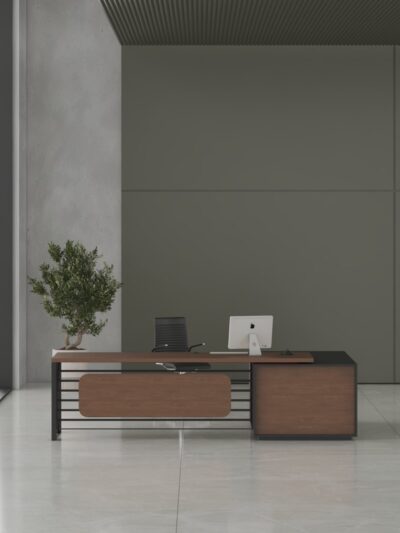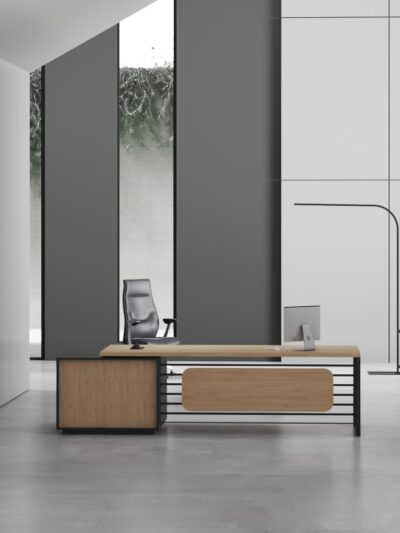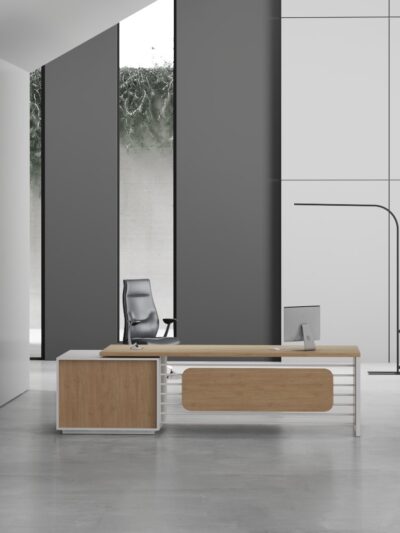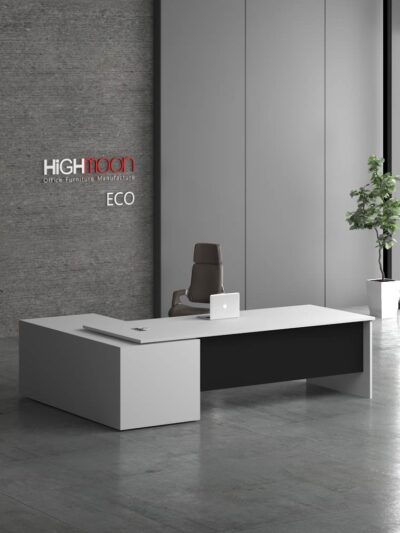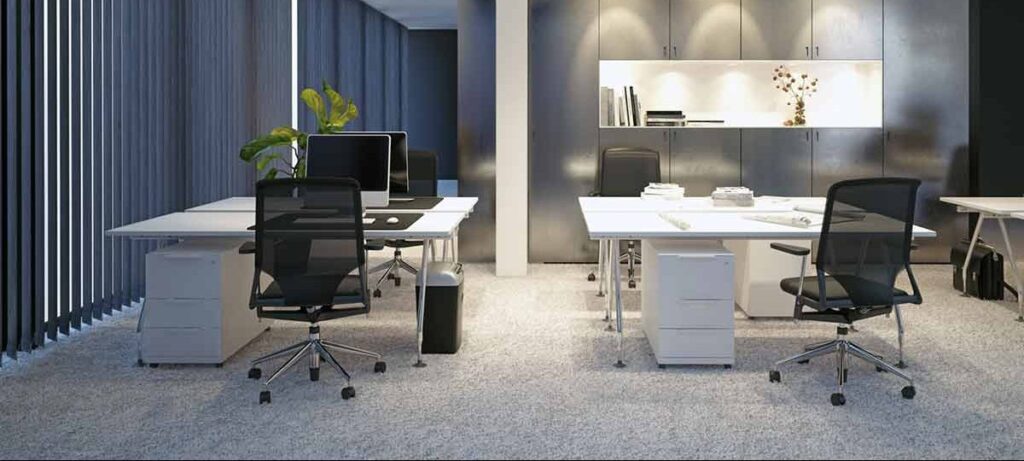-
Blitz Reception Desk
Select options This product has multiple variants. The options may be chosen on the product page -
Class Executive Desk (White Leg)
Select options This product has multiple variants. The options may be chosen on the product page -
Cube Executive Desk (Black Leg)
Select options This product has multiple variants. The options may be chosen on the product page -
Cube Executive Desk (White Leg)
Select options This product has multiple variants. The options may be chosen on the product page -
Cube Manager Desk (Black Leg)
Select options This product has multiple variants. The options may be chosen on the product page -
Cube Manager Desk (White Leg)
Select options This product has multiple variants. The options may be chosen on the product page -
Cube Reception Desk (Black)
Select options This product has multiple variants. The options may be chosen on the product page -
Cube Reception Desk (White)
Select options This product has multiple variants. The options may be chosen on the product page -
Cube Straight Manager Desk (Black Leg)
Select options This product has multiple variants. The options may be chosen on the product page -
Cube Straight Manager Desk (White Leg)
Select options This product has multiple variants. The options may be chosen on the product page -
Duct Reception Desk
Select options This product has multiple variants. The options may be chosen on the product page -
Eco Executive Desk
Select options This product has multiple variants. The options may be chosen on the product page
Interior design is the process of designing products, environments, services and technologies that are accessible to as many people as possible. The inclusive design recognizes individual differences in abilities and needs. It seeks to make things work for all people, not just some people.
Interior design is a way of thinking about what we design, making it work for everyone instead of just some. It starts with understanding the needs and limitations of the user and then working backwards to identify which office furniture is needed in order to support them.
Inclusive office design is a term that refers to office design that accommodates the needs of all employees. It is about creating an environment where people with disabilities can work and feel as comfortable as their able-bodied colleagues.
The first step to create an inclusive workplace is to identify the needs of your employees. This includes those with disabilities, pregnant women, parents and caregivers, people who may need to take care of a loved one or themselves due to illness, and everyone else in your organization.
The next step is to create a plan for addressing each need so that everyone feels included in the workplace. Here are a few tips for you to make your office space more inclusive.
1. Open Plan
Open plan offices are one of the most popular office designs in today’s workplace. With the changing role of work and employees, open plan offices are becoming more and more common.
These spaces encourage collaboration, creativity and innovation. They also allow for a more flexible work schedule because they don’t have any walls or doors.
One of the main reasons that companies are switching to open plan is that they want to be inclusive. They want their employees to feel comfortable and not be at a disadvantage due to their disability or gender.
However, there are some disadvantages as well. Open-plan offices can increase stress levels because there is less personal space for individuals who need it like introverts or those who find themselves easily distracted by conversations taking place around them. This could be addressed by individual workpods and workstations in your office.
2. Closed Fist Rule
The closed fist rule is a guideline for inclusive office design. The rule states that people with disabilities should be able to use their hands and fingers in the same way as people without disabilities.
This means that storage units and other equipment should have U-shaped handles, push latches, side-hinged doors, and other features that are easy to use with one hand. It also means that desks, chairs, and other furniture should have accessible heights for sitting or standing.
When designing an office, it is important to include people with disabilities in the conversation. This will allow you to create a space that will be accessible and usable by all employees, including those with disabilities.
3. Ergonomic Agile Workspaces
In recent years, the office environment has undergone a major transformation. The increase in technology, the introduction of new tools and equipment and the rise of millennial workers have all contributed to this change.
The main goal of office interior design is to create an ergonomic workspace that encourages productivity. In order to do so, it is important to understand what influences our work performance – lighting, temperature, noise levels and space layout.
There are many different factors that need to be considered when designing an office space for optimal productivity.
The office is a place where people spend most of their time. That’s why it’s important to design it in a way that will make them feel comfortable and happy.
Ergonomic agile workspaces are designed in such a way that they can be adjusted to the needs of any employee, no matter if they’re disabled or not. They usually have adjustable desks and chairs, as well as lots of natural light.
The design of the office interior is a crucial factor for its occupants. It can determine their mood and how they feel about their work environment.
The design should be inclusive in order to accommodate all the employees.
The design should also be ergonomic and have modern features that will make employees more productive.
Inclusive design is an emerging field of interest in the design world. It is a response to the global demand for diverse work environments that accommodate people with disabilities, including those with restricted mobility and sensory impairments.
Inclusive design is not just about providing physical access to spaces and products, but also about designing for diversity in mindsets, attitudes and behaviors. This can be achieved through inclusive office interior design.
The first step in designing a successful office space is selecting a fitout company that has experience in designing offices with inclusive features.
Here are some of Highmoon’s ergonomic desks and ergonomic chairs for you to add to your new inclusive workspace.






